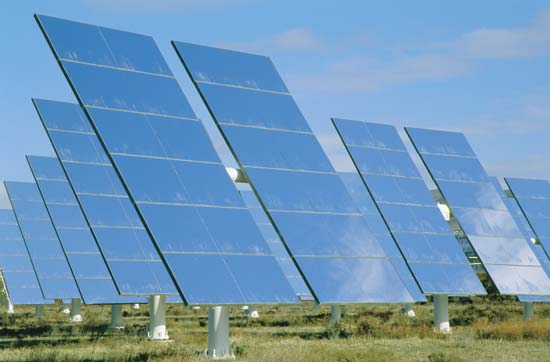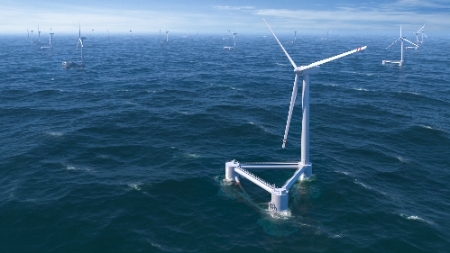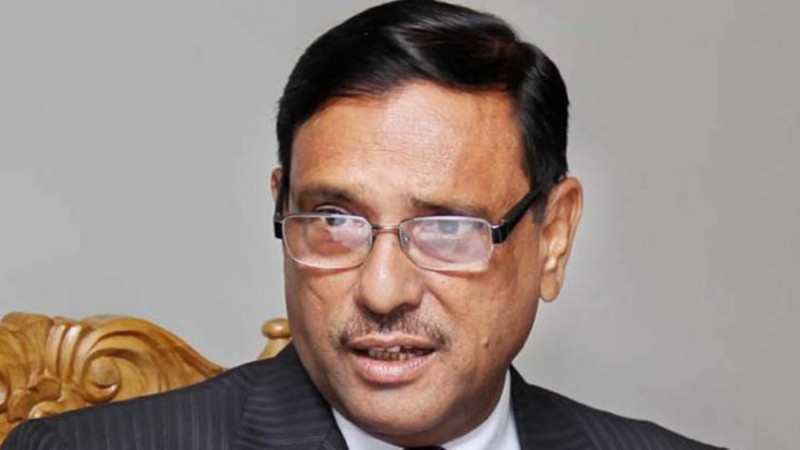 With more hydropower than it can use, Canada sells cheap, clean power to U.S. utilities and has been doing so for years. Now, large transmission projects across the Northeast and Midwest will mean more hydro will be used to meet utilities needs.
With more hydropower than it can use, Canada sells cheap, clean power to U.S. utilities and has been doing so for years. Now, large transmission projects across the Northeast and Midwest will mean more hydro will be used to meet utilities needs.
The debate over the Keystone XL Pipeline has overshadowed news that a different sort of Canadian energy, hydropower, is poised has to take a much bigger role in the East Coast and Midwest markets.
Major proposals totaling billions of dollars in New Hampshire and New York to bring collectively more than 2,000 megawatts directly from Hydro-Quebec are moving through the approval pipeline.
Moving west, Minnesota Power received state approval in January to buy 250 MW from Manitoba Hydro for 15 years starting in 2020, a plan requiring a major power line upgrade from Winnipeg to Duluth. Manitoba Hydro also reached agreements recently with two more Wisconsin and Minnesota energy utilities.
Not surprisingly, Hydro-Quebec and Manitoba Hydro are the two biggest hydro exporters, and they’re about to get busier.
“The market for Canadian hydro is picking up,” said Darcy Johnson, a market analyst with the National Energy Board in Calgary. “There’s a long term trend toward increasing hydro exports.”
In 1990 Canada exported 18 terrawatt-hours (TWh) of hydroelectricity. That grew to a 2008 peak of 56 TWh, followed by two slow years before rebounding to 53 TWh. That number could grow to 70 TWh as more Canadian hydropower comes online.
Domestically, 60 percent of Canada’s electrical power comes from hydropower, said Johnson, as does 65 percent of its energy exports.
The reasons for the purchases range from Canada’s good prices and hydro’s reliability to the relatively carbon-free nature of hydropower to the need for East Coast utilities to reduce reliance on natural gas. The hydropower also allows American utilities with renewable assets to bank them in the Canadian market or, domestically, to avoid having to build new plants to meet growing demand.
And hydro has the added advantage in some states, but not all, of helping utilities meet renewal portfolio standards (RPS). That, in fact, became a contentious issue in Massachusetts, where the attorney general recently approved the merger of Nstar and Northeast Utilities in return for the purchase of Cape Wind energy and prohibition of using Canadian hydro for RPS.
Hydro has plenty of advantages, said Jack Irving, president of the Canadian Hydropower Association. Its global greenhouse gas emissions are much lower than coal or natural gas and it converts 90 percent of the energy it captures, much higher than any other energy source, including renewables.
And Canada has plenty of hydro opportunities remaining with 25,000 MW worth of projects proposed and a potential for another 163,000 MW. Irving said a recent study by his group revealed that if you took just half that number you could electrify all the passenger vehicles in Canada and absorb 25 percent of the potential U.S. electric vehicle market.
So why is Canada so blessed with hydropower? The country has the third largest amount of surface water in the world, for one. “We have a lot of water up here, and a lot of rivers, and a lot of sites due to topography were very attractive for hydropower,” he said.
New England and New York Projects
Canada already plays an important role in East Coast energy markets and new projects will make it an even more important player.
“New England has a long history of importing power from Quebec and the Maritime Provinces in Canada, much of which is hydropower,” said Marcia Bloomberg, a media specialist with ISO-New England. “These Canadian Provinces and other portions of Atlantic Canada are all looking to develop additional hydro power and other renewable resources with an explicitly stated goal of getting that power to the New England wholesale power markets.”
One of the bigger deals occurred in 2010 when two Vermont utilities signed a 26-year contract with Hydro-Quebec to replace an existing contract and add 225 MW of hydropower. The state-owned Canadian utility provides roughly one-third of Vermont’s electric needs and sought, and received, legislation allowing it to claim renewable portfolio standard (RPS) credits.
But that’s small fry compared to the Northern Pass, a $1 billion project that would build a 1,200-MW direct current transmission line that would have a 180-mile long section in New Hampshire. An American subsidiary of Hydro-Quebec would sell power to New England-based Northeast Utilities and NSTAR, sponsors of Northern Pass.
Mike Skelton, spokesman for Public Service of New Hampshire, a partner in the project, said the new transmission line would broaden the mix of energy sources in the region and lock in prices over a long period of time. More than half New England’s power comes from the natural gas, he said, which has wide price swings.
There are other advantages. “Northern Pass offers a unique opportunity to meet our clean energy goals through lower electric rates and to create jobs and increase tax revenues in New Hampshire,” said Skelton. “Hydro is safe, clean and reliable.”
The Conservation Law Foundation did not agree with that assessment. The Boston-based environmental advocacy group’s cited a report it commissioned from Synapse Energy Economics said the following: “The science is clear that the reservoirs behind hydropower dams emit greenhouse gases, relative to the forests and wetlands they flood (which often take greenhouse gases out of the atmosphere).
“Overall, reservoirs in Québec emit more greenhouse gases over the course of their lives than renewables like wind, solar, and run of river hydropower.”
Northern Pass’s own blog pointed to Synapse support for other projects, including the Champlain Hudson Power Express in New York State.
In fact, that’s yet another large proposal with hydro implications. The proposed $2 billion project would build a direct current line submerged in rivers and underground that would run from Canada to New York City.
Unlike the other projects, this one is not funded by a utility but rather Transmission Developers, Inc., with the lead investor being Blackstone Group. And although Canadian hydro is expected to play an important role in power generation, the organization’s website suggests wind will likely be in the mix.
Canadian Hydro In The Midwest
Manitoba Hydro, which has 14 plants, will be selling 500 MW into Minnesota and Wisconsin over the next decade, said Glenn Schneider, public affairs manager. U.S. utilities and other energy buyers purchase anywhere from 20 to 40 percent of its output annually, he said.
Adding new power to the American grid comes at a cost. The company has begun construction of the $5.6 billion, 695-MW Keeyask Generating Station in conjunction with several tribes. The new plant was predicated both on export sales and on increasing domestic needs, said Schneider.
A new line will have to be built from Manitoba to Minnesota’s Iron Range, where several mines are large electricity users, said Amy Rutledge, Minnesota Power’s communications’ manager. Several proposed mines could also be powered by electricity from a 500 kV line from Winnipeg to Iron Range; a separate 345 kV line would connect to Duluth.
The electricity that lands in Duluth will likely be shared by Wisconsin and Twin Cities’ utilities. Wisconsin Power Service and Minneapolis-based Xcel Energy both have agreed to buy 100 MW each and can likely access energy from existing lines or from the new one proposed by Minnesota Power. Wisconsin changed its RPS to allow credits for Canadian hydro, but Minnesota’s legislature has decided not to pursue that exception.
The strategies of each state are different. Minnesota Power, a division of ALLETE, wants hydro to back up power from its 210-MW North Dakota wind farm. Wind tends to blow stronger at night and that energy can be stored by Manitoba Hydro, said Rutledge.
In Wisconsin the alternative sources are fewer, with not much wind and untapped hydro left. There are discussions that could boost Canadian exports to the Badger state to 500 MW, some of that flowing through the new transmission lines in Minnesota.
Canadian hydro, it appears, will only grow its footprint in the Midwest.





































